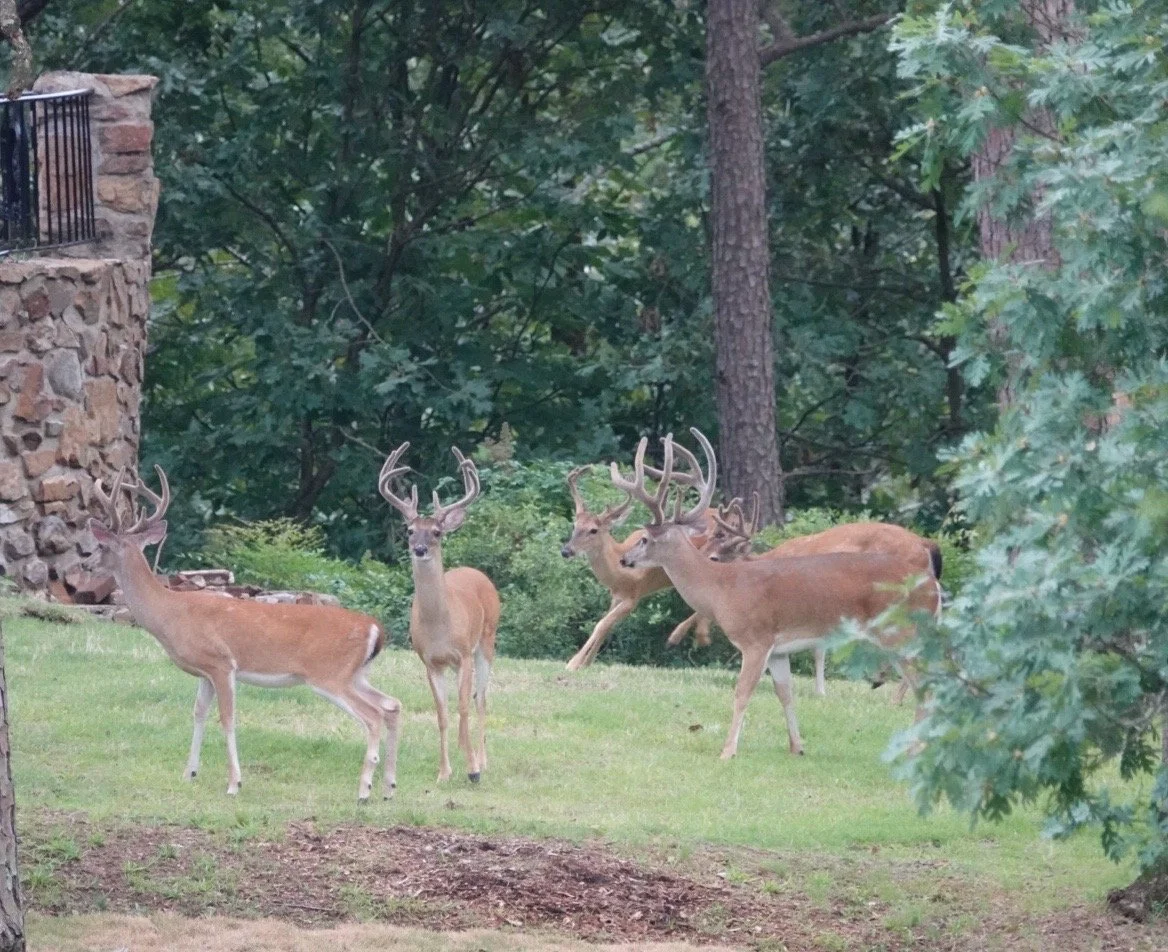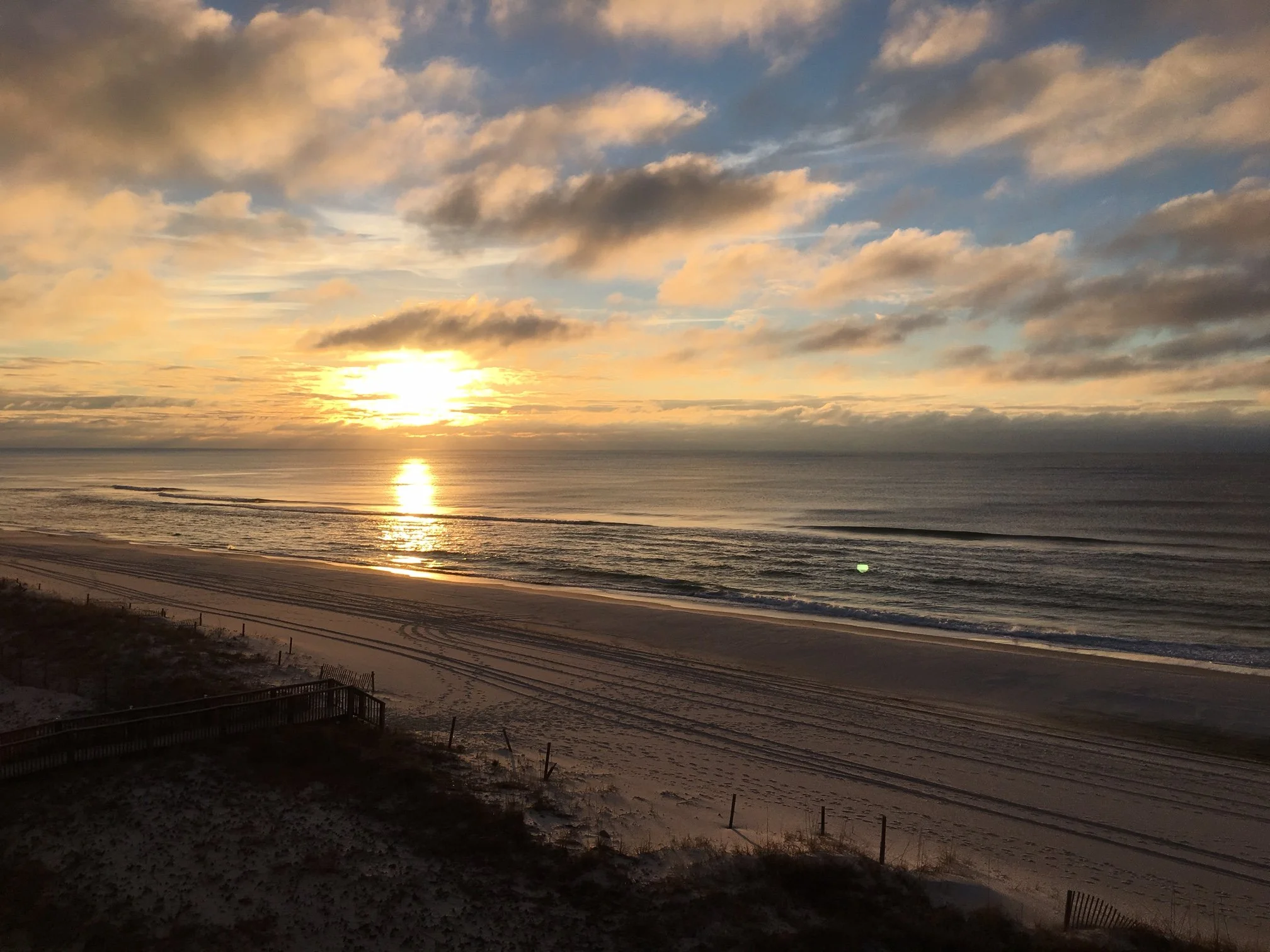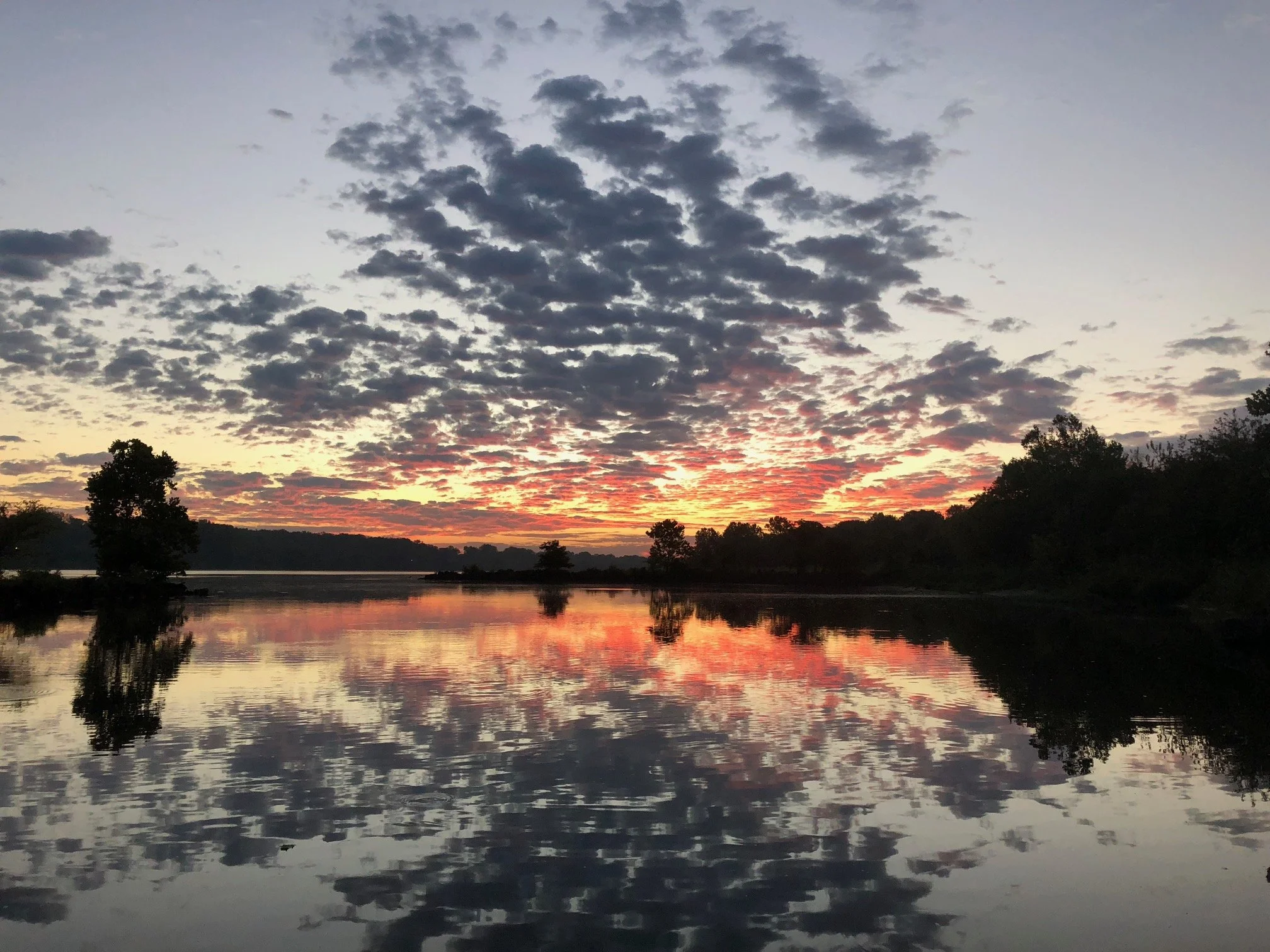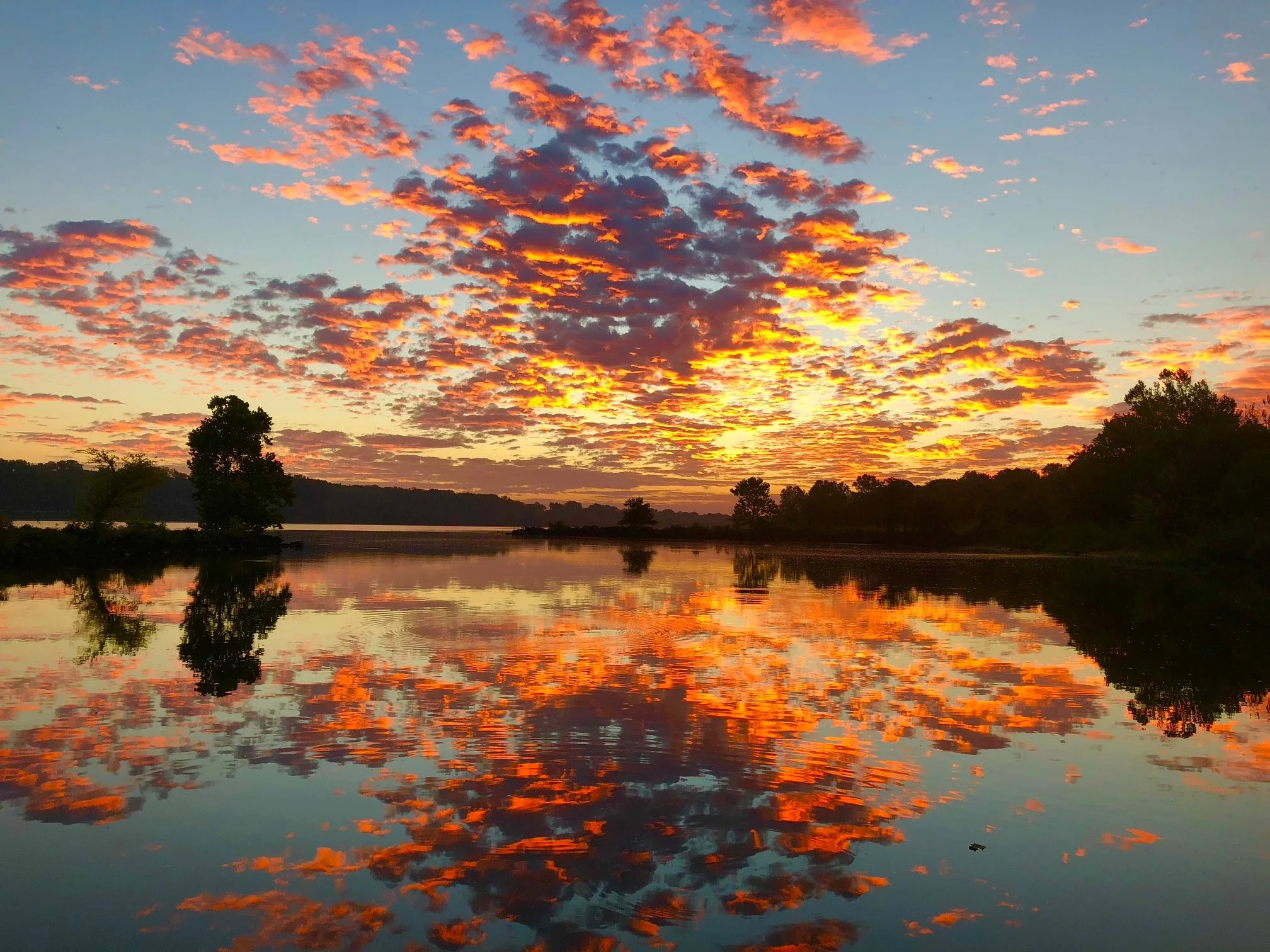A New Spiritual Practice
"Here's a suggestion for you today. At some point, stop. Gaze at something God has created. Take in its shape and form, its color, its movement, its intricacies. It could be a single bud on an autumnal flower, an animal or bird, a shapely fruit, or flowing water.
Gaze at something long enough until you can see through it to its source: God - so majestic, infinitely creative, and miraculously generous to share these traces of God's glory with us."—Br. Curtis Almquist. Society of Saint John the Evangelist.
Mary Anne Seibert
Brother Almquist gives us a new spiritual practice. He asks us to gaze at something in creation: a tree, a flower, a bird, a river, the rain, the snow, until we see the Creator in it. We might name it Observo divina. This will be a new practice for today. It all started yesterday when we saw two fawns of similar ages with a single doe in our backyard. We were mesmerized by the fawns' awkward gait, curiosity, and seemingly delight in a new world at every turn.
Today, as I write, a lone male deer with huge antlers passes by my window. He takes my breath away. Multiple deer once passed my window, but now a visit is infrequent. The buck is probably headed across the street to meet many other deer living in the woods behind our son and his wife's house.
There, I know he will be just as welcome as he was here. In fact, all of the images were taken by our daughter-in-law, Mary Anne Seibert. As he majestically walks by, I think of a scene from the movie The Queen, when Elizabeth II encounters such a beautiful deer. They simply look at each other and admire one another. They seem to see the beauty of creation in the other.
This is also what we do for each person we meet today. We look into their hearts to see Christ, God, and Spirit within them. Our task is to see the Creator in all creation, to praise and give thanks for this creation.
We start with lovable things until we can finally see creation in those with whom we have difficulty. Take heart. Sometimes, it may take more than a lifetime to achieve. But God never gives up on us... or on them!








